Congress must pass legislation to fund the government for the next fiscal year by October 1 each year. Although last-minute wrangling and negotiations often take place, lawmakers usually reach an agreement in time to prevent a U.S. government shutdown.
That expectation collapsed when Congressional Democrats met with President Donald Trump at the White House on September 29, 2025, in hopes of striking a bipartisan funding deal. No agreement emerged. Tensions escalated later that evening when the Trump administration posted a deepfake video mocking House Minority Leader Hakeem Jeffries and Senate Minority Leader Chuck Schumer. Jeffries fired back with a photo of President Trump smiling alongside convicted sex trafficker Jeffrey Epstein. As both sides traded schoolyard-level taunts, the possibility of a government shutdown grew real.
Passing a fiscal year funding bill requires 60 votes in the Senate. Republicans hold a 53–47 majority, with the vice president available to break ties, but they still need Democratic support to keep federal operations funded. Senate Democrats are pushing for provisions that extend enhanced subsidies for Affordable Care Act (ACA) enrollees and reverse deep cuts to Medicaid, Medicare, and other health care programs included in the summer’s budget bill.
The clash between Republican and Democratic leaders over government funding has become yet another political standoff—one that directly impacts the everyday lives of millions of Americans. So, how will a shutdown disrupt life across the country? Let’s break it down.
Time Is Not on Our Side
If the two sides can come to bipartisan agreement quickly, the ripples from the shutdown will be limited in their disruptiveness. If it drags on, things will become quite messy for many people.
Federal Workforce
The shutdown began at 12:01 a.m. on October 1, forcing many non-essential federal workers into furlough. Some agencies can rely on emergency funds, but those resources are limited. These layoffs will continue until Congress approves a funding bill. Unlike in past shutdowns, furloughed employees are now guaranteed back pay once the shutdown ends, thanks to a change made after 2018.
Essential federal employees must remain on the job. This group includes the military, executive agencies such as the Federal Bureau of Investigation (FBI), and the federal judiciary (at least through October 3). Each agency determines what percentage of its workforce gets furloughed. The United States Postal Service (USPS) remains unaffected, since it is self-funded and mail delivery continues as usual.
Transportation Security Administration (TSA) agents and air traffic controllers are also considered essential, so they must keep working without pay until funding resumes. Travelers can expect longer waits at airport security checkpoints, as many TSA workers in past shutdowns opted to stay home or take leave instead.
Federal Contractors
The federal government also relies on private contractors for many services. Unlike federal employees, their status during a shutdown depends on the terms of their contracts. Because contracts follow different payment schedules, some firms can keep paying workers for a short time. However, extended shutdowns typically create serious problems for contractors and their employees. Importantly, once a contract expires, the government has no obligation to provide back pay for lost wages.
Social Security, Medicare, and Medicaid
Many Americans can breathe easier knowing that Social Security benefits and Medicare fall under mandatory spending and will continue despite the shutdown. Medicaid funding is also secure, at least through the end of the year.
Federal Parks, Museums, and Monuments
Planning a trip to the Smithsonian Museum in Washington, D.C. next week? You may want to rethink those plans. While some sites might stay open for a day or two, an extended shutdown will close all federal monuments, museums, and national parks.
Home-Buying Issues
If your home purchase or sale felt rushed at the end of September, there’s a reason. Real estate agents pushed to close deals before the shutdown began on October 1. That urgency came from the fact that mortgages rely on Fannie Mae and Freddie Mac, and an extended shutdown can stall mortgage approvals.
The problem worsens for buyers who need federal flood insurance. No new policies can be issued during the shutdown, which means buyers won’t qualify for a mortgage until Congress restores funding.
The Economy
As expected, a prolonged shutdown spells trouble for both the U.S. economy and household finances. If lawmakers resolve it quickly, the damage should remain minimal. But the longer it lasts, the more severe the fallout becomes.
Economists estimate that each week of a shutdown shrinks quarterly GDP by about 0.1%—a troubling sign for an already struggling economy. Key reports, including Labor Department job data, would also be delayed, limiting insight into employment trends and financial health. This can ripple into loan costs and hiring decisions nationwide.
Student Loans and Forgiveness
When it comes to student loan payments, the system remains functional for now. Independent contractors process repayments, so payments can still go through. But loan forgiveness applications tell a different story. With 87% of the Department of Education furloughed, forgiveness programs could grind to a halt. These programs were already under scrutiny by the Trump administration before the shutdown, making delays even more likely.
Uncertain Times Ahead
It may feel unimaginable that the government lacks contingency plans to prevent shutdowns, but history shows they were once routine. Under Presidents Jimmy Carter and Ronald Reagan, shutdowns happened almost yearly, though many lasted only a single day.
Today’s bitter divide between Republicans and Democrats doesn’t guarantee deadlock. A deal through the Congressional Budget Office (CBO) could come at any moment—even before you finish reading this article. For the sake of the nation, an agreement can’t arrive soon enough.
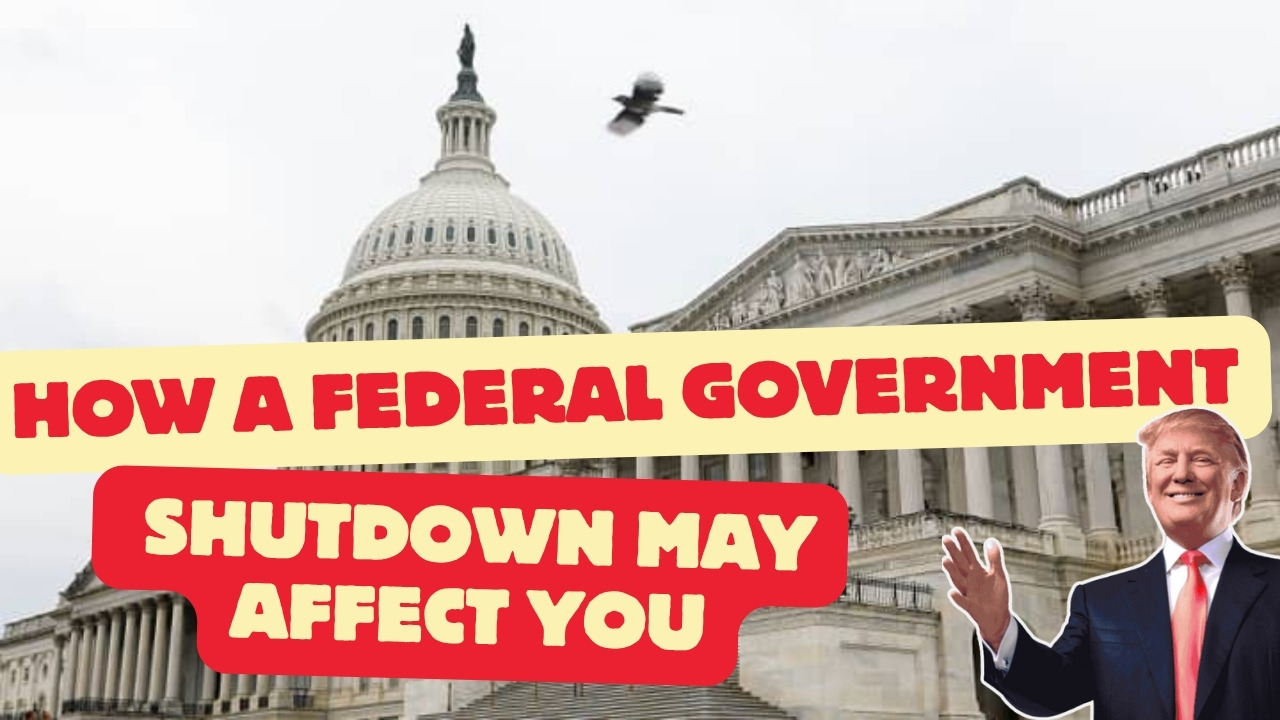
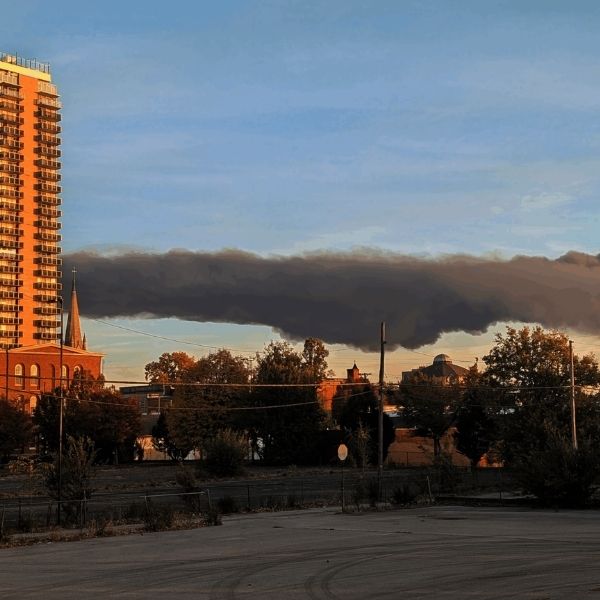
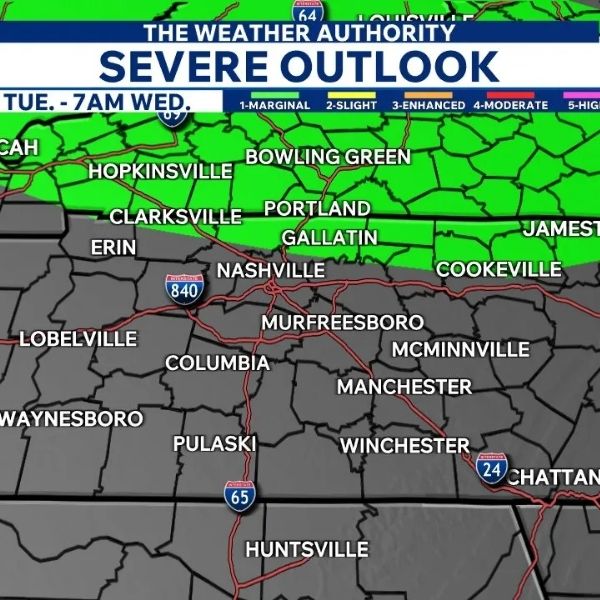
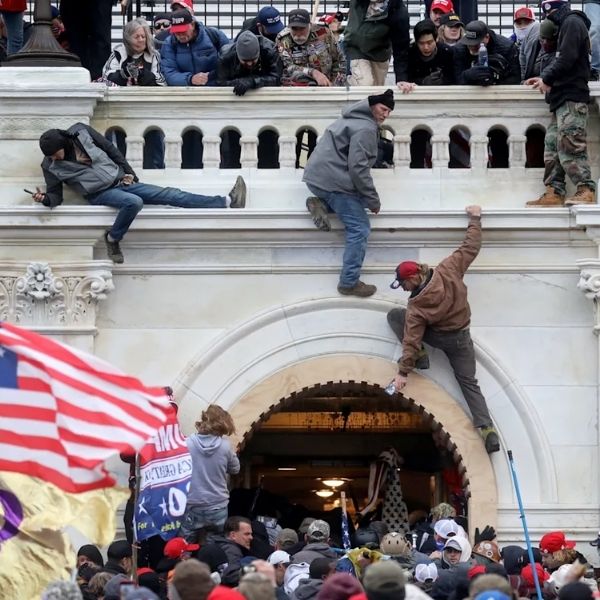
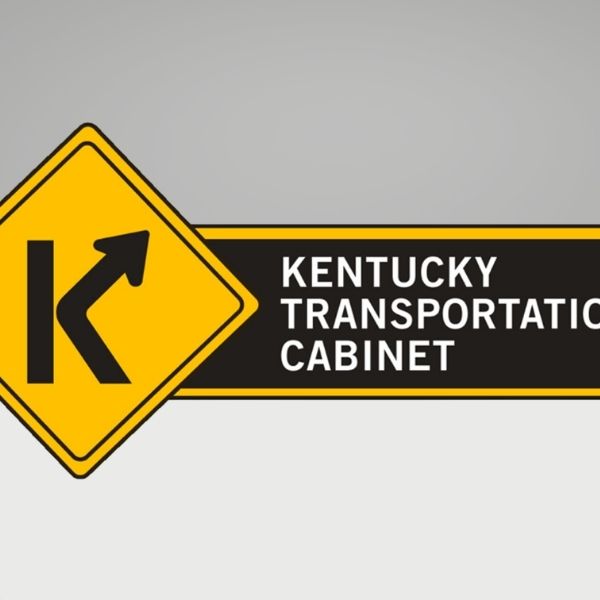
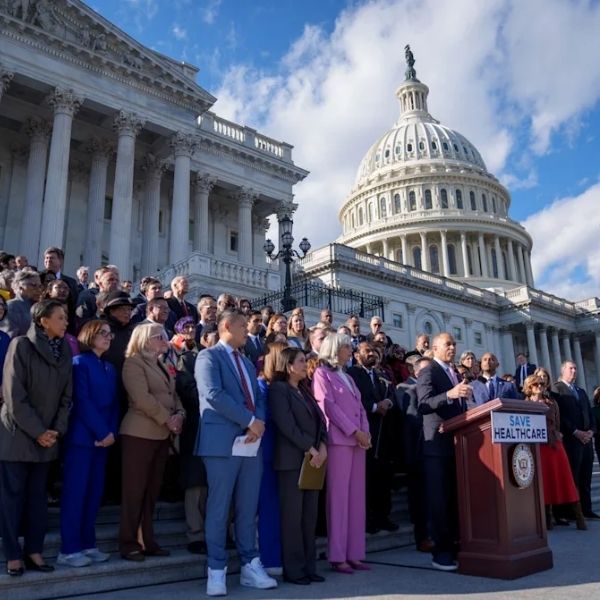





Leave a Comment